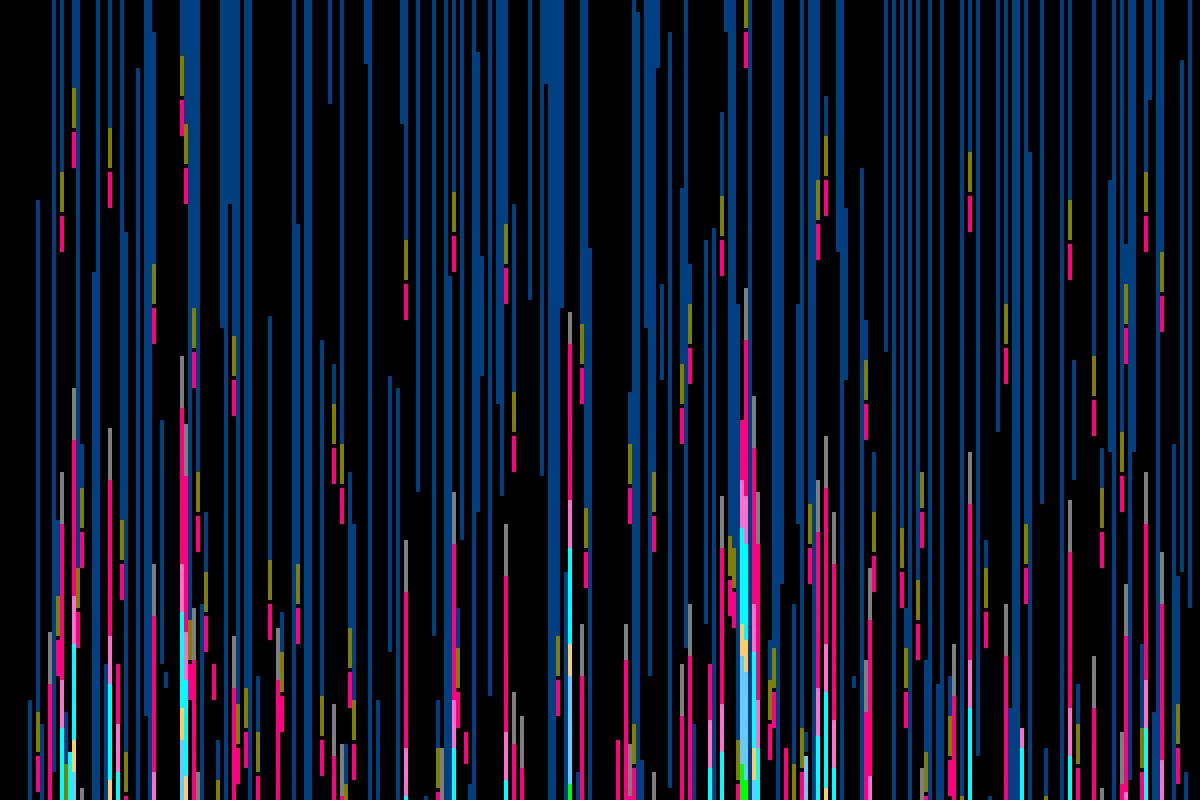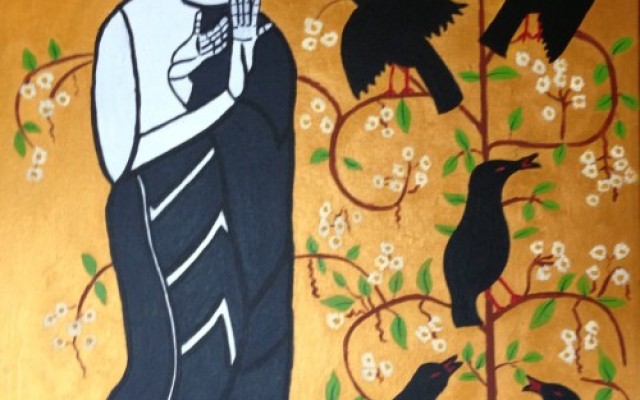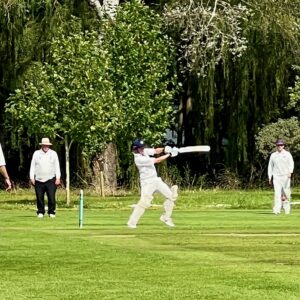Visualizing Knowledge
Humans like to make sense of complex information. We categorize and classify everything from our individual music on iTunes to governments and countries throughout the world. It is our way of visualizing knowledge — how we represent what we know.
Manuel Lima, who teaches at Parsons School of Design and is the founder of visualcomplexity.com, recently gave a fascinating TED talk about the history of visualizing knowledge. He explains that a new visual metaphor — the net or network — is replacing the tree as “a new lens to understand the world around us.”
Lima takes us on a visual journey that begins with classification schema of the ancient Greeks. He shows us how the “powerful visual metaphor” of the tree provided a way to understand the “natural order” of things. Trees could represent knowledge, families, or laws. They were usually hierarchical, the “natural order”, from God to servant for people or kingdom to species for animals and plants. Trees were a convenient, mutually understandable ways of visually representing knowledge.
Lima argues that the tree is being replaced by a new metaphor of representing information — the network. Take, for instance, the way we think about our brains. The visual shift is from a unitary organ divided into discrete sections to a musical symphony played by thousands of instruments. In other words, rigid structures are evolving into elastic interdependent constructs.
Visualizing knowledge brings to mind words like nonlinearity, decentralization, interconnectedness, and multiplicity. A network has no leader, rather a web of interconnected cells.
Lima emphasizes the necessity of diversity and interconnectedness in seeking order to today’s rapid generation of information and knowledge. He mentions “networkism” as an illustration of how the network as a metaphor for visualizing knowledge has seeped into the creative arts.
Take a few minutes and click on the TED Talk and take a 15-minute visual voyage of human thinking that represents what we know — the history of visual knowledge.















No Comments Yet!
You can be first to comment this post!